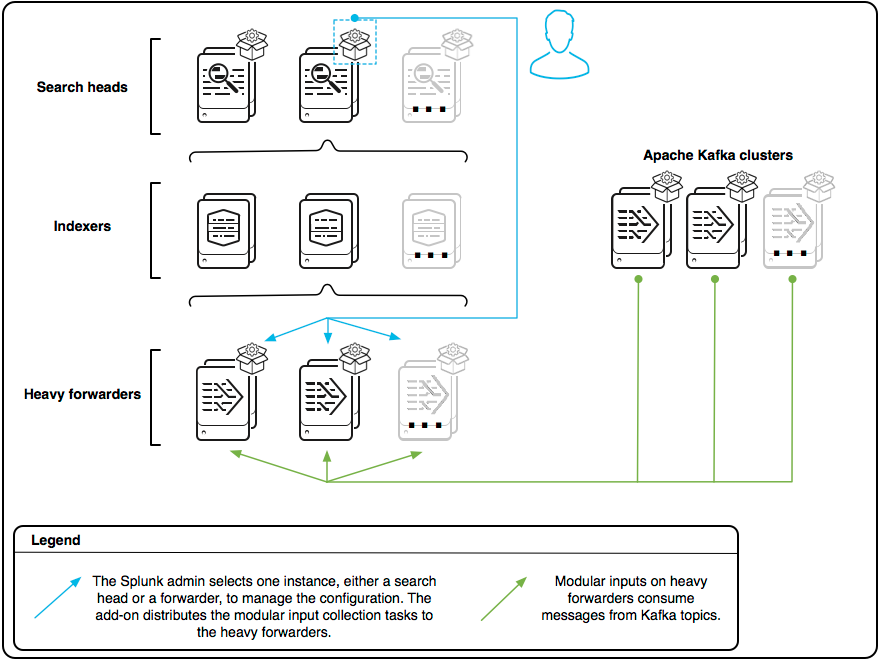

In general, InnoDB page compression is superior to the COMPRESSED row format. This means that the COMPRESSED row format has less compression options than InnoDB page compression does. In contrast, with InnoDB's COMPRESSED row format, zlib is the only supported compression algorithm. With InnoDB page compression, multiple compression algorithms are supported.This means that the COMPRESSED row format re-compresses data more frequently than InnoDB page compression does. These changes are then occasionally flushed to disk. In contrast, with InnoDB's COMPRESSED row format, pages are re-compressed immediately after any changes, and the compressed pages are stored in the buffer pool alongside the uncompressed pages. With InnoDB page compression, pages are compressed just before being written to the tablespace file.This means that the COMPRESSED row format uses more space in the buffer pool than InnoDB page compression does. In contrast, with InnoDB's COMPRESSED row format, compressed pages are decompressed immediately after they are read from the tablespace file, and both the uncompressed and compressed pages are stored in the buffer pool. With InnoDB page compression, compressed pages are immediately decompressed after being read from the tablespace file, and only uncompressed pages are stored in the buffer pool.

It is similar to InnoDB's COMPRESSED row format, but it has many advantages. InnoDB page compression is a modern way to compress your InnoDB tables. See Atomic Write Support for more information.Ĭomparison with the COMPRESSED Row Format InnoDB page compression performs best when your storage device and file system support atomic writes, since that allows the InnoDB doublewrite buffer to be disabled.See Optimized for Flash Storage for more information. InnoDB page compression is most beneficial on solid state drives (SSDs) and other flash storage.See Saving Storage Space with Sparse Files for more information. InnoDB page compression is most efficient on file systems that support sparse files.InnoDB page compression can be used on any storage device and any file system.InnoDB page compression provides a way to compress InnoDB tables. Configuring the Failure Threshold and Maximum Padding.Configuring the Compression Level for Individual Tables.Configuring the Default Compression Level.Enabling InnoDB Page Compression for Individual Tables.Enabling InnoDB Page Compression by Default.Adding Support for an InnoDB Page Compression Algorithm.Checking Supported InnoDB Page Compression Algorithms.Configuring the InnoDB Page Compression Algorithm.Comparison with Storage Engine-Independent Column Compression.Comparison with the COMPRESSED Row Format.


 0 kommentar(er)
0 kommentar(er)
